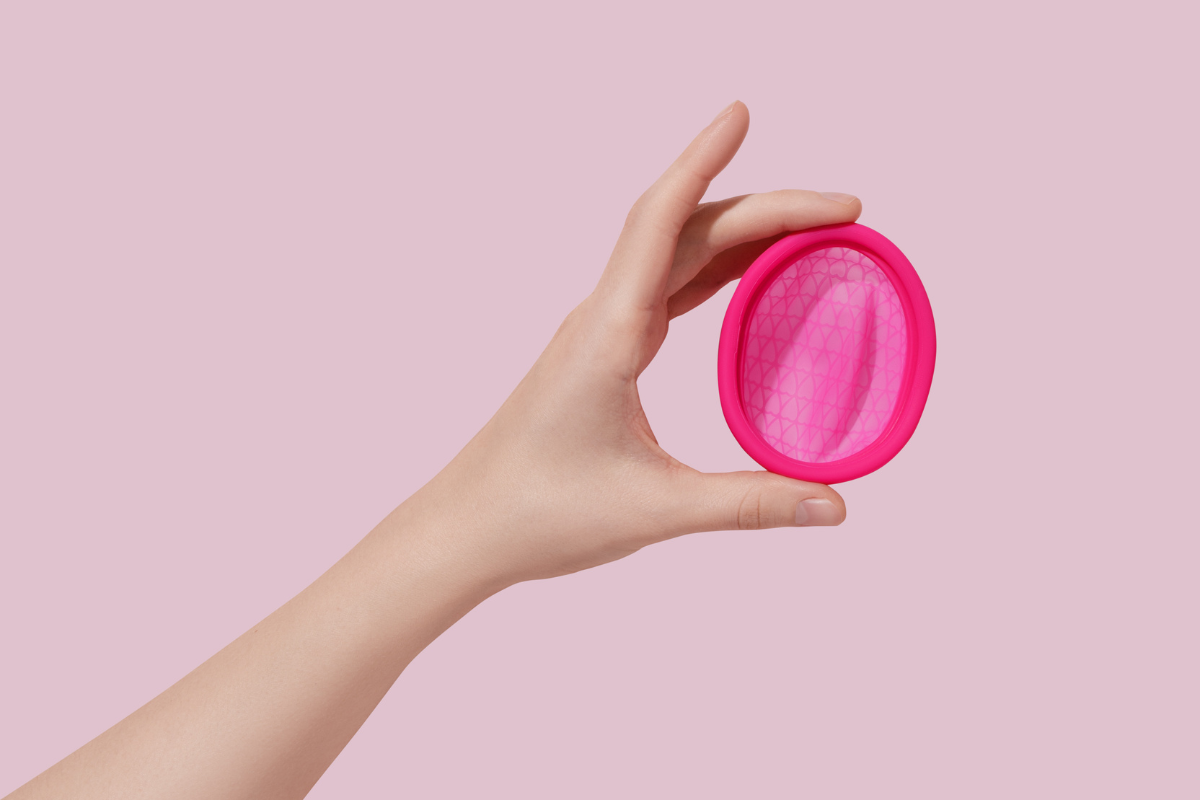Menstrual Discs: Everything You Need to Know

LUX WMN
We are thankfully seeing a more normalised and less taboo approach to conversations surrounding menstruation, and thanks to social media, a lot more women are able to access resources and platforms that discuss the different options which could be of help to them. Aside from the direct purpose of period products, there has been a wider conversation in regards to the sustainability of some of these products. The lack of sustainability of single use tampons or pads means that menstrual cups & discs have gained popularity for their positive impact on the planet.
What is a Menstrual Disc & How Does it Work?
Made from medical grade silicone, menstrual discs behave in a very similar way to menstrual cups in how they are inserted and collect period blood. However, the disc and cup are slightly different due to their shape which can affect comfort levels in wearing the disc and insertion/removal.
The menstrual disc has been structured with a more elongated design, featuring a shorter base and occasionally a double rim to prevent leakage. When inserted, the disc sits just below the cervix as opposed to menstrual cups that sit very close to the vaginal entrance. Unlike the menstrual cup, the disc is not equipped with a hand stem to help pull it out which can lead to a higher chance of spillage and keeping the blood level.
Menstrual discs have also been shown to be more comfortable to wear during penetrative sex due to their positioning. As they sit at the base of your cervix, and as long as they’re inserted properly, wearing a menstrual disc should not interfere or create a problem for you or your partner. However, it is always a good idea to put some precaution down for the first few times just in case of any leakage.
In regards to sustainability, both the menstrual disc & cup work out to be cheaper and much better for the planet! The menstrual disc can be used for up to 2 years whereas a menstrual cup has a lifespan of up to 10 years. The longevity of the cups and discs is also dependent on the manufacturer, so always check on the product packaging.
How to Insert & Remove a Menstrual Disc?
Much like the menstrual cup, it is a learning process and takes some time until it works for you.
- Squeeze the central part of the disc with your index finger & thumb, making the shape of a figure of 8.
- Insert it with the top side up and cup the end closest to the hole.
- Push it gently with one finger placed behind your pelvic bone.
- To make sure the disc is well positioned, run your finger along the top of it to make sure it won’t leak.
To remove the menstrual disc, insert your finger and hook it under the rim then gently pull it out. As with cups, discs should be sterilised before and after each use and can be kept in for between 8 to 12 hours. Despite being able to handle a heavy flow, the menstrual disc should be changed depending on your flow, as you would with a tampon or pad.
Menstrual discs can hold the equivalent of around 5 to 6 teaspoons of fluid and for reference, it is approximated that during an average period, the amount of blood lost ranges from 4 to 12 teaspoons. The amount a disc holds of course varies depending on brand and manufacturer.
Period products seem to be getting better by the day, the continuous innovation of the products and with the materials makes for a much more comfortable monthly bleed! If you are interested in trying a more sustainable option and maybe you found that a menstrual cup wasn’t for you, give the disc a go!


